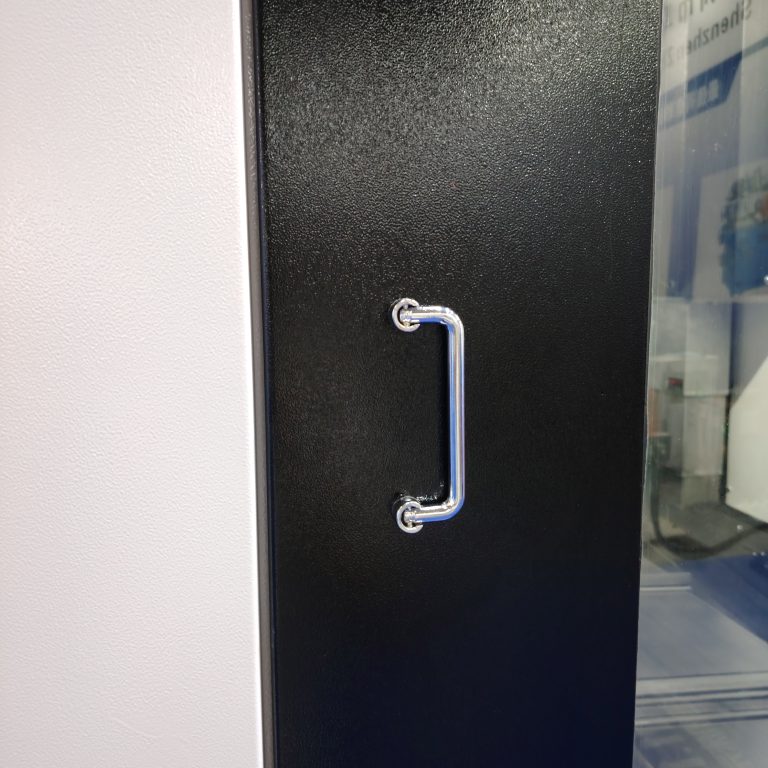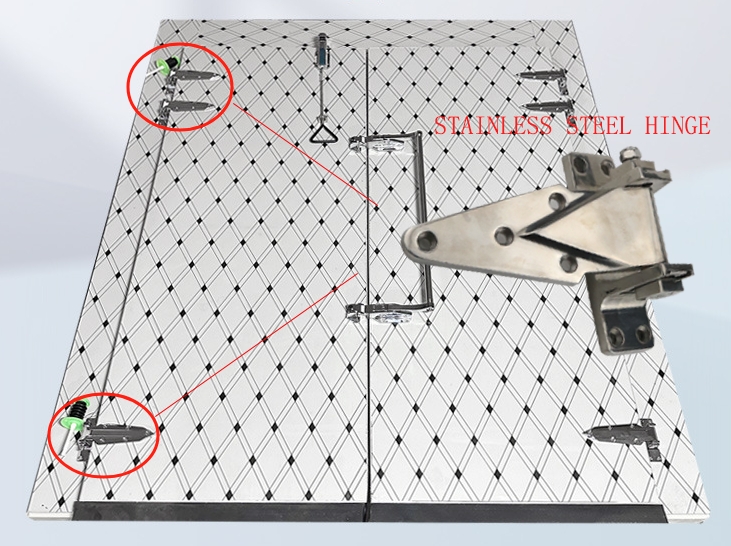HTAN is one of the leading manufacturers of industrial hinges, handles and latches in China.
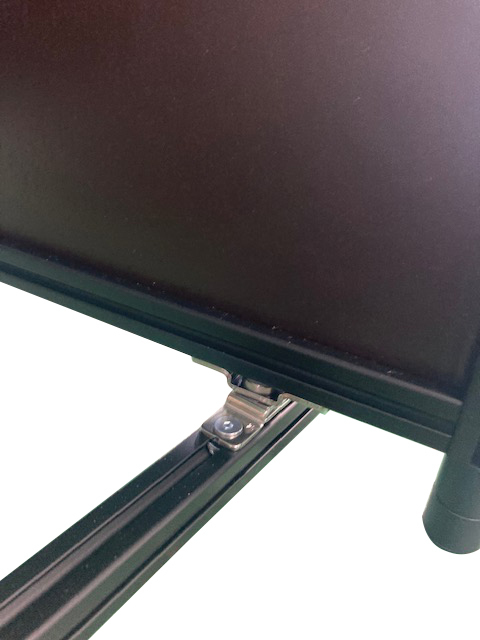
Application of Rotary Torque Hinges on Displays
Swivel torque hinges are essential mechanical components in precision equipment, providing controlled rotational resistance to ensure stability during opening, closing, and angle adjustments.
These hinges are indispensable in various applications, including medical devices like surgical lights, automotive display brackets, and laptop pivots.
This article offers a comprehensive understanding of the structure, working principle, and selection criteria for swivel torque hinges.
Application Scenarios of Rotary Torque Hinges
What is a Swivel Torque Hinge?
A swivel torque hinge is a specialized hinge that achieves a damping effect through its internal mechanical structure.
Unlike ordinary hinges, it actively controls the speed of movement during rotation, preventing devices from closing or opening quickly due to gravity or external forces.
For example, when you adjust the screen of your laptop, the screen stays at any angle without falling—this is precisely what a swivel torque hinge does.
Components and Structure of Swivel Torque Hinges
swivel torque hinges consist of the following core components:
1. Shell
Material: Mostly stainless steel or aluminum alloy, chosen for strength and corrosion resistance.
Role: Houses internal components, provides installation interfaces, and withstands external loads.
2. Bearings
Type: Common ball bearings or plain bearings.
Function: Ensures smooth hinge rotation and reduces friction loss.
3. Damping Element
Material: Engineering plastic, special rubber, or metal spring.
Key Role: Generates resistance through deformation or friction to achieve torque control.
4. Torque Adjustment Mechanism
Design: May include screws, shims, or snap structures.
Purpose: Allows users to adjust the amount of damping according to their needs.
.png)
Working Principle of Swivel Torque Hinges
Torque Control Mechanism
When external force is applied to the hinge, the damping element creates friction or deformation with the rotation axis.
The magnitude of this resistance is precisely controlled by a preset torque value, ensuring smooth rotation without losing control due to inertia.
Angle Holding Capability
In medical devices such as surgical lights, the static friction of the swivel torque hinge supports the weight and keeps the fixture stable at the specified angle without the need for additional locking devices.
Load Capacity
Depending on the design, these hinges can withstand a range of torque from 0.1 N-m to 50 N-m. They are applicable in scenarios ranging from lightweight electronic equipment to heavy-duty industrial machinery.
Application Scenarios of Rotary Torque Hinges
Four Core Features of Swivel Torque Hinges
Smooth Damping Effect
Prevents damage or safety hazards caused by rapid closures of vehicle doors, equipment hatches, etc., due to gravity.
Multi-angle Hovering
The display bracket can be freely adjusted in pitch angle to enhance the ergonomic experience.
High Durability
High-quality stainless steel hinges can withstand over 100,000 openings and closings in a factory environment.
Maintenance-free Design
The sealed structure effectively isolates dust and liquids, reducing maintenance costs.
Application Scenarios of Rotary Torque Hinges
Four Major Types and Applications of Swivel Torque Hinges
Fixed Torque Hinges
Common Uses: Medical instrument panels, dashboards.
Core Advantages: Simple structure, high reliability.
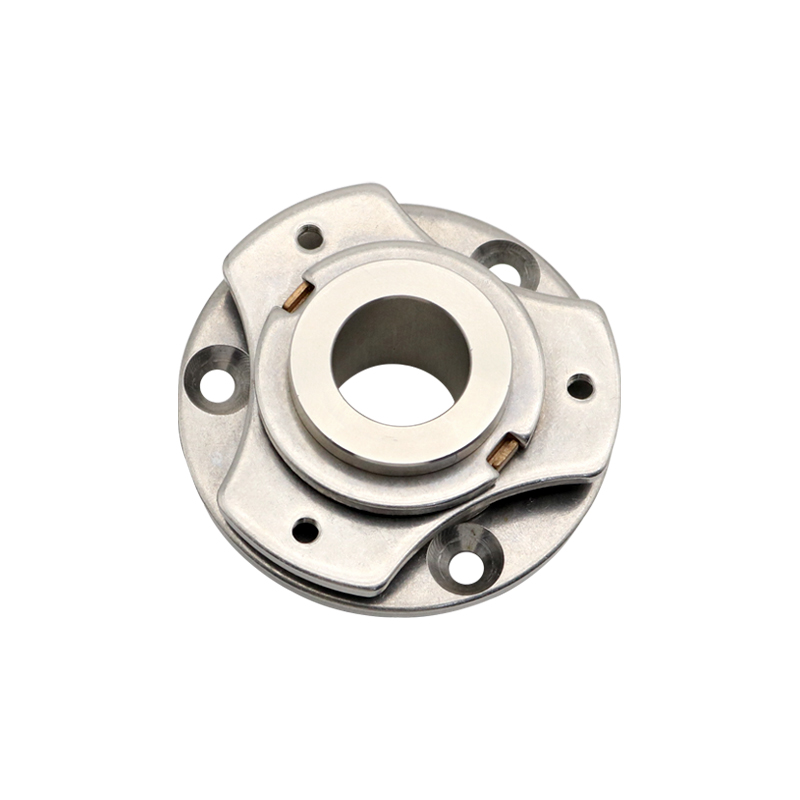
Adjustable Torque Hinges
Common Uses: Industrial equipment operating tables, precision machinery.
Core Advantages: Flexible adaptation to different load requirements.

Unidirectional Torque Hinges
Common Uses: Vehicle display panels, equipment access doors.
Core Advantages: Unidirectional damping with free reverse rotation.
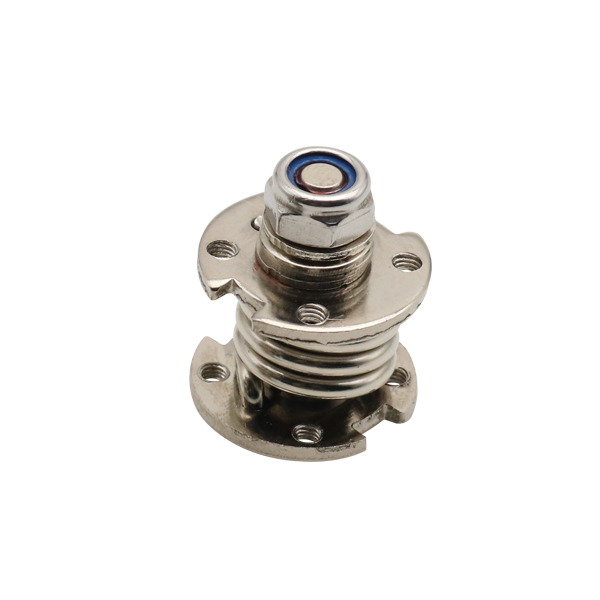
Bidirectional Torque Hinges
Common Uses: High-speed rail seat adjustments, multi-angle monitor brackets.
Core Advantages: Precise control in both directions.
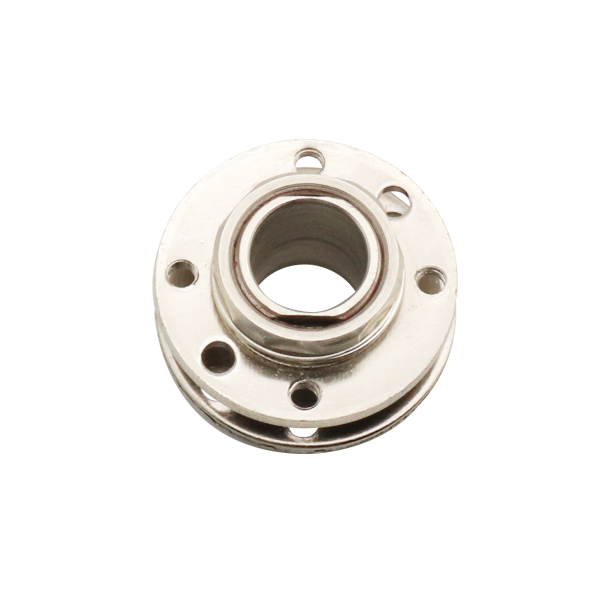
How to Choose the Right Swivel Torque Hinge?
1. Determine Torque Requirements
- Light Equipment (e.g., flat panel bracket): 0.5-2 N-m
- Medium Loads (e.g., automotive center control panel): 3-8 N-m
- Heavy Machinery (e.g., industrial hatch): 10 N-m or more
2. Evaluate the Use Environment
- Humid/Corrosive Environment: Prefer 316 stainless steel.
- High-frequency Use Scenarios: Equip with ball bearings to reduce wear and tear.
3. Necessity of Adjustment Function
- Fixed Type: Suitable for standardized production equipment.
- Adjustable: Suitable for R&D and testing scenarios requiring frequent parameter changes.
4. Matching Mounting Method
Check whether the mounting holes and shaft size of the equipment are compatible with the hinge.
FAQ
Q1: How Long is the Service Life of a Swivel Torque Hinge?
A: High-quality products can last 5-10 years under regular use.
For example, hinges with stainless steel bearings usually exceed 200,000 cycles.
Q2: How to Determine Whether the Torque is Appropriate?
A: Test manually after installation. The rotation should feel evenly resisted without jamming or slipping.
Q3: Can It Be Used in High-temperature Environments?
A: Choose high-temperature resistant materials (e.g., special engineering plastics).
Common hinges typically operate below 80°C.
Conclusion
As the “invisible guardian” of precision machinery, the swivel torque hinge significantly enhances equipment safety and user experience through its scientific torque control mechanism.
Whether in medical, automotive, or consumer electronics fields, selecting the right swivel torque hinge can make product design more humanized and extend its service life.
Focus on torque matching, material durability, and environmental adaptability when choosing hinges to ensure optimal performance.




